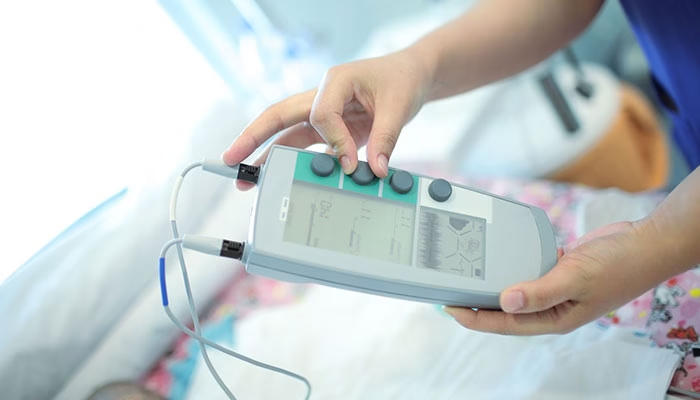Usability for Medical Devices
Easy Does It: User-centric approaches to medical device development through Usability Engineering and IEC 62366

“Easy to use” is a design goal for many medical devices, but how do you know if users also feel the same way?
Join this course to learn about what you can and should be doing to get closer to your customers, create the best value for your business, all while ensuring you meet the updated compliance requirements around safe use for medical devices & IVD products.
Course description
Through exercises and real-world examples with a focus on practical application, you will learn how to establish, implement and monitor a usability process. You will identify and design for user needs, test and validate that your design meets required acceptance criteria, as well as be able to integrate your usability activities and documentation into quality management processes like risk management and post market surveillance.
You will be able to advocate on the benefits of including usability as part of comprehensive clinical evaluation plan to get the best value from product development resources.
Examples from both general Medical Devices and In-Vitro Diagnostic products and processes will be used in the training, to ensure it is suitable for anyone in the medical device industry, regardless of product category.
Course outline
- Introduction and overview of usability engineering and its importance in medical device design and business intelligence
- Techniques for gathering and analysing user requirements and translating them into specifications
- Comparison of the various usability evaluation methods recommended by IEC62366 and how to incorporate resulting feedback into the device design
- The relationship between Risk Management, Post Market Surveillance and Usability for holistic user-centric management of your product on market
- Overview and comparison of documentation requirements according to applicable regulations and standards such as the IEC 62366, MDR and 21 CFR 820 to medical device design
Learning objectives
- Review and discuss IEC 62366 requirements on medical device development in relation to MDR
- Manage the usability engineering process, from identification of user requirements and needs, through formative and summative testing and evaluation, integration into risk management process and post market surveillance.
- Identify and mitigate usability related risks in product design before and after market release
- List the guidelines for preparing usability engineering reports and usability validation reports for internationally marketed products.
- Discuss options for how to use usability engineering to improve efficiency in the quality management system for product development and product lifecycle planning.
- Describe linkages in the Quality Management System between Usability and associated processes.
Who should attend
The course is suitable for persons involved in, or responsible for the design or monitoring of a medical device including product managers, product owners, usability engineers, technical/software developers, user experience designers, quality assurance and regulatory specialists, marketing leaders or those involved in product risk assessment.
Prerequisites
- Good knowledge of medical device quality management system e.g. by participating in one of our basic/intermediate trainings or equivalent knowledge from internal quality training programs.
- Good knowledge of risk management and post market surveillance processes is helpful
- You should have at least 2 years of experience from the medical device industry.
#5162
€ 950
3 persons or more 15% if registered and invoiced together for the same course.
You may also like…
-

Design and development of Medical Devices
€ 1 950 Add to cart -

Clinical Evaluation for Medical Devices
€ 950 Add to cart -
Sale!

Requirements to place Medical Device Software and Health Software on the market
€ 1 950Original price was: € 1 950.€ 1 658Current price is: € 1 658. Add to cart -

Risk Management according to ISO 14971:2019
€ 950 Add to cart
